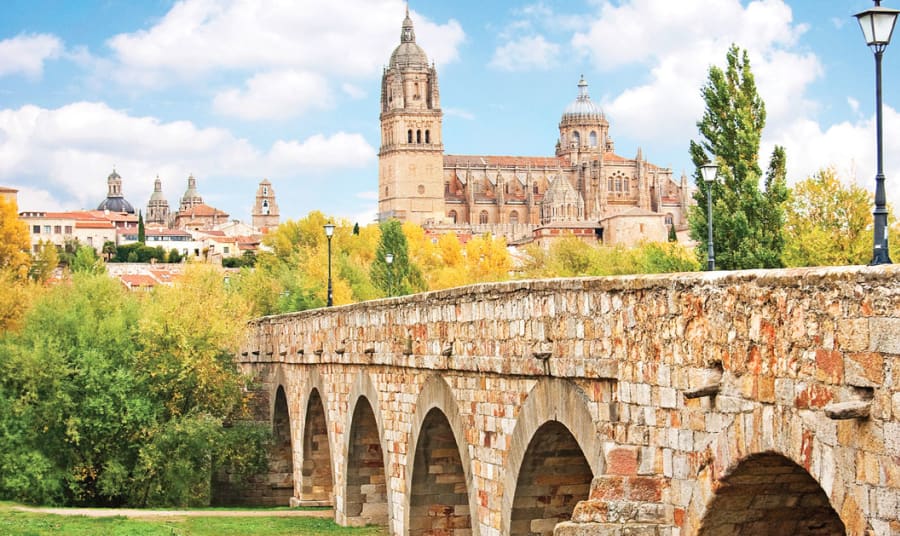 Learn more about what it’s like to travel, explore, and study or intern abroad in Spain in our blog posts. Enjoy travel guides, tips, tricks, and reflections from current and former AIFS Abroad participants.
Learn more about what it’s like to travel, explore, and study or intern abroad in Spain in our blog posts. Enjoy travel guides, tips, tricks, and reflections from current and former AIFS Abroad participants.
Many countries and their citizens around the world are working diligently to do their part to mitigate the climate crisis. AIFS Abroad students are able to see this firsthand during …